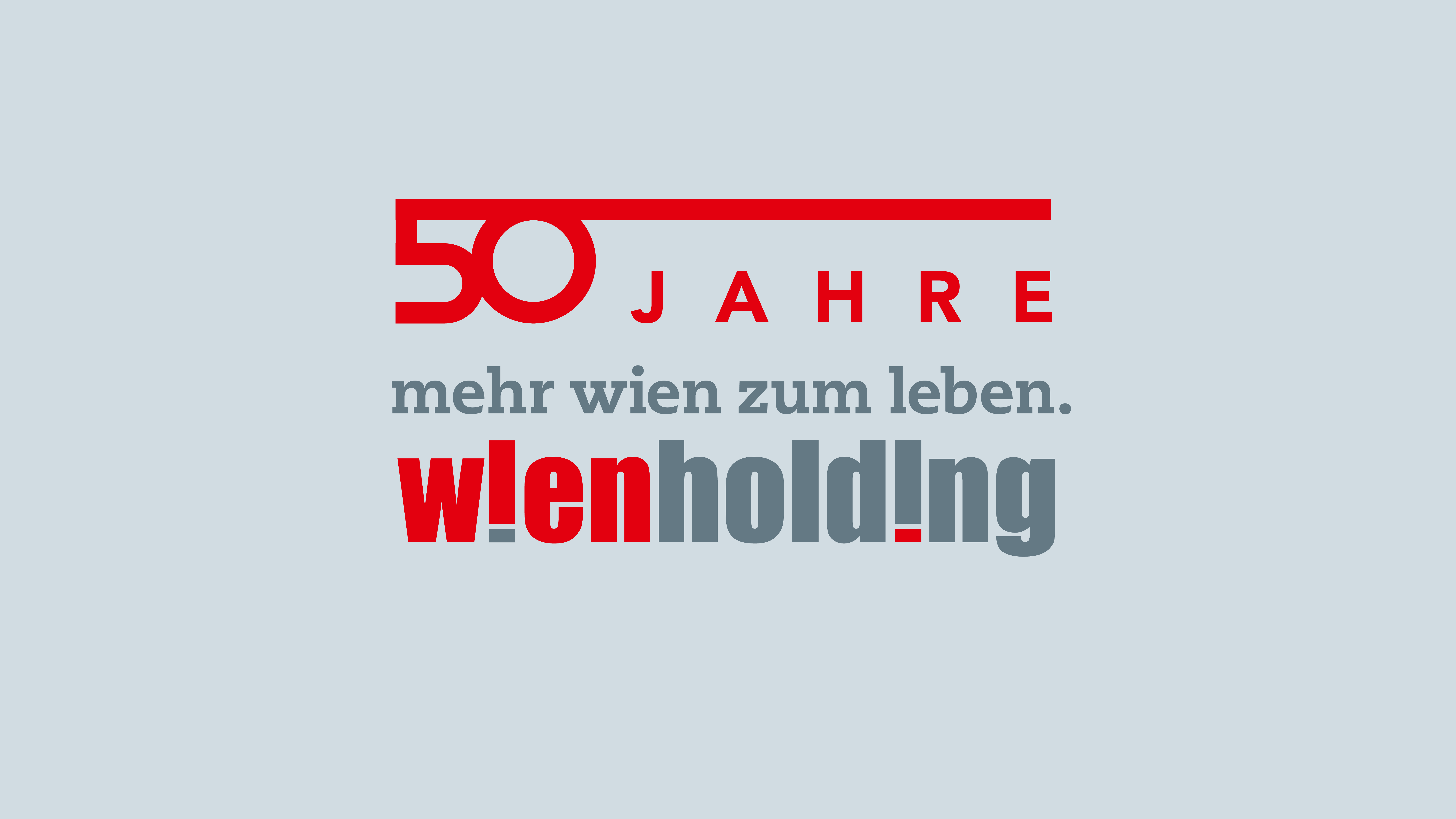River Danube
The future of inland shipping
In 2006, the European Commission proposed a long-term action programme aimed at promoting the advantages of inland shipping in Europe. There are good reasons for exploiting this means of transport: low energy consumption, low external costs, free capacities (on the Danube, for example, only 15 per cent of the available capacities are being used), high security and low transport costs. Inland shipping is also ideally suited as a component of the house-to-house logistics chain.
The Danube as a transport alternative
The Hafen Wien plays a pioneering role in the development of European inland shipping. The Danube has always been an important traffic artery, particularly in the light of the growing amount of traffic associated with the EU eastward enlargement and the resultant capacity bottlenecks on road and rail. As a result of these factors, it is an increasingly attractive alternative in both economic and commercial terms.
The Hafen Wien as a hub
As a result of strategic planning, investments and development of the infrastructure and services, the Hafen Wien has become a leading logistics service provider for major trade and traffic routes. It is strategically located close to Vienna and Bratislava and thanks (as well) to the completion of the Rhine-Main-Danube Canal in 1992 it acts as an east-west hub for shipping, connecting the North Sea to the Black Sea serving an economic area with 700 million people.
Waterside service
The whole is more than the sum of its parts. The port of Vienna covers an area of around 300 hectares. The centrepiece is Freudenau harbour with an area of 1.4 million square meters and a water surface of 400,000 square meters. It is the location of the container and car terminals, the storage centre, Austria's largest free port with customs office and police station, two ro-ro facilities, the ÖBB site for major customers and the management, administration and harbourmaster's offices. Freudenau also acts as a haven and winter harbour.
The second facility is located in Albern and covers an area of 780,000 square meters. It is an important terminal for raw materials, grain and agricultural products. The last of the three harbours is the Lobau oil terminal in Vienna's 22nd district with an area of 750,000 square meters. It is connected by pipelines to the central fuel depot and the OMV refinery in Schwechat.
Natural transport hub
The three harbours are ideally situated away from residential areas so as not to be a nuisance to the inhabitants. On the other hand they are only minutes away from the city centre and from the main supra-regional transport routes. All three sites connect directly to the Südosttangente city motorway and hence to the motorways heading south, west, and north out of Vienna. The feeder roads are also exempt from the driving ban for HGVs at weekends. The harbours are connected to the Austrian rail network, guaranteeing rapid transition of goods, and the close proximity of Vienna International Airport can also be taken advantage of.
Of all the harbours, Albern has a special advantage because apart from the above-mentioned possibilities it also has direct access to the motorway heading east to Hungary and Slovakia. It has a direct link to the central marshalling yard and is closest to the airport. In other words, it offers short distances and rapid transition from one transport system to another.
Outlook
Thanks to its environmental compatibility, safety and efficiency, inland shipping will remain an interesting means of transport whose exploitation is in line with the aims of the European transport and environmental policies. The Hafen Wien is facing the challenge of making the Danube a truly European waterway and is aware of its responsibility for helping to develop the Danube and the Danube region. For this reason its development capability, economic significance and economic growth are continuously promoted through ongoing improvements to its infrastructure.




